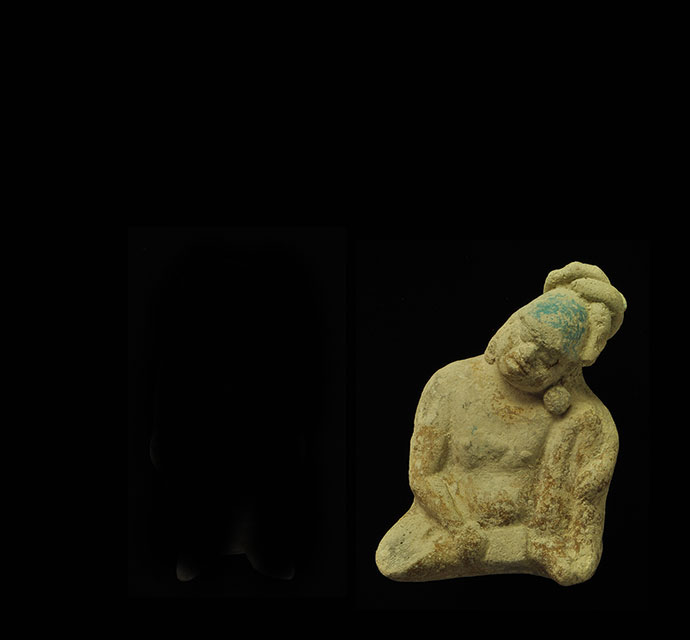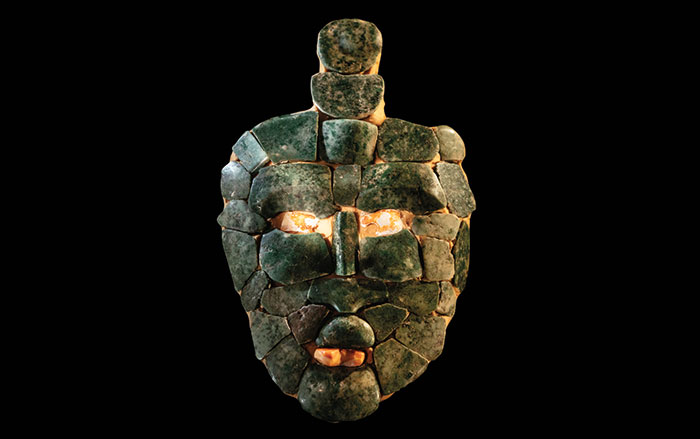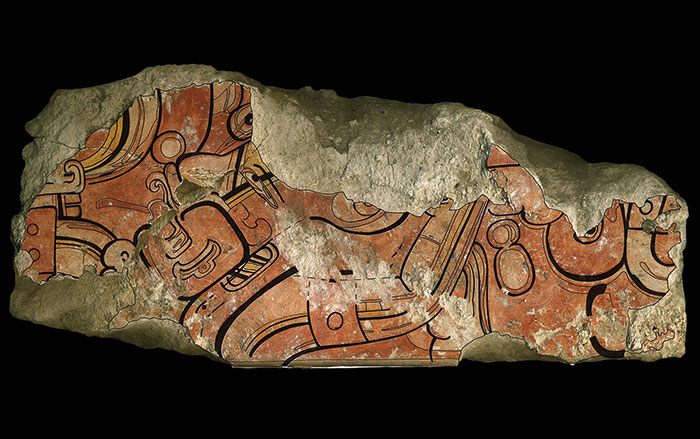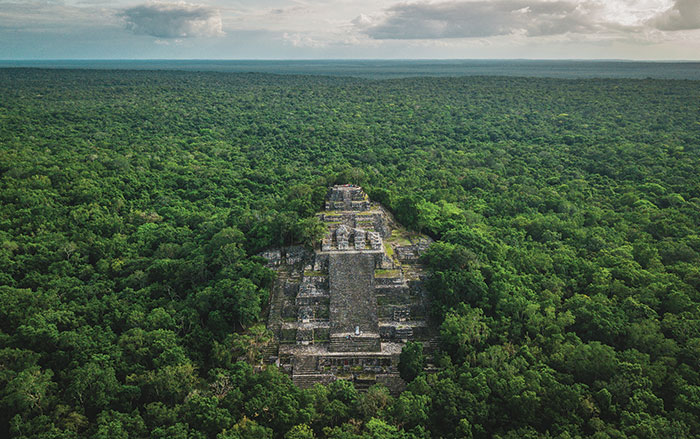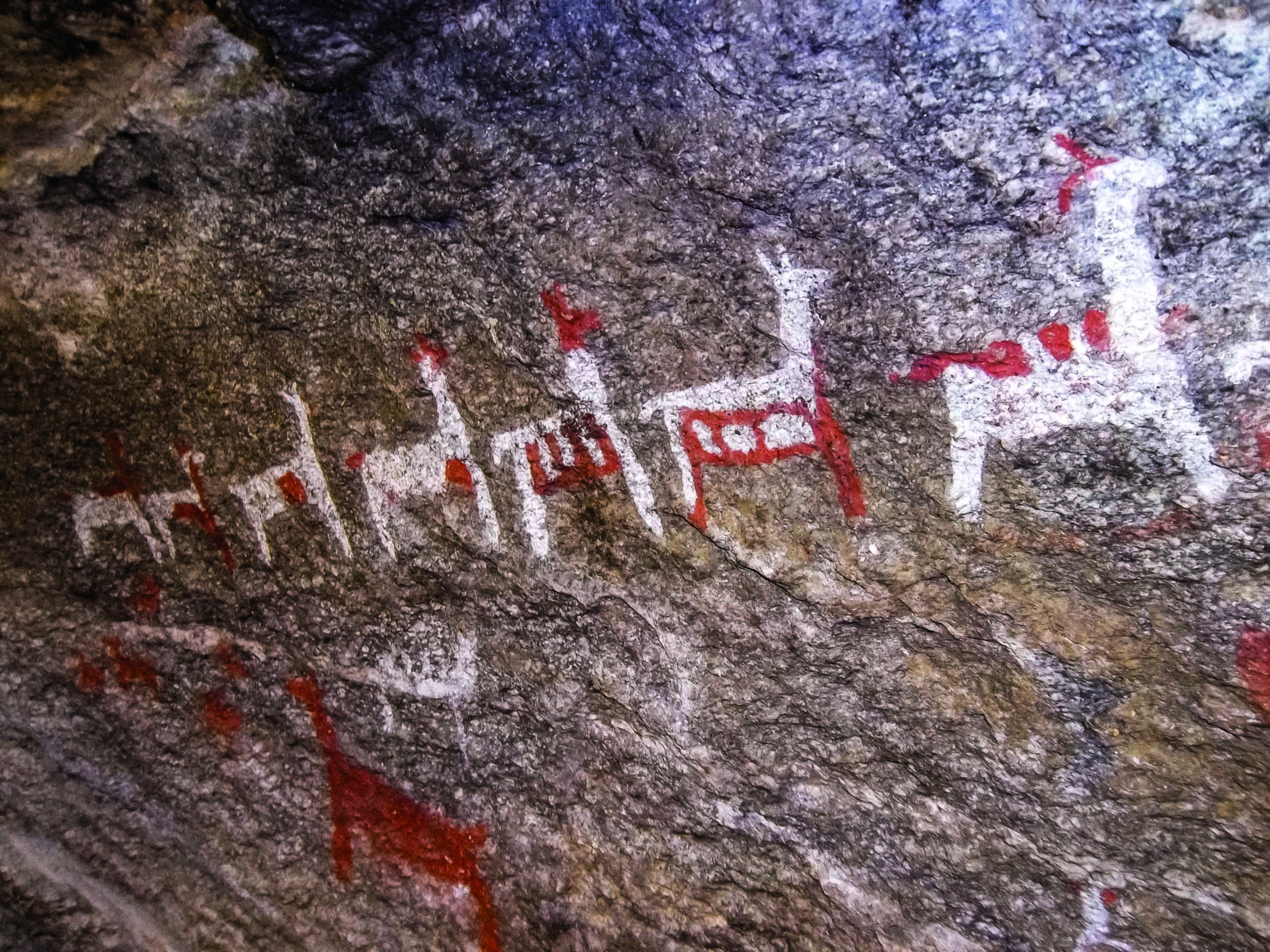
What is it?
Whistles
Material
Ceramic
Culture
Maya
Date
Ca. A.D. 600–950
Dimensions
3.5 inches tall
Found
Ceibal, Guatemala
When you were a child, you probably had toys such as plastic or porcelain dolls and plush, furry animals that may have included mythical beings such as unicorns. You may have created skits in which they interacted with each other and with the people who were watching. Each toy and how you played with it communicated something about you, your family, and the society you grew up in. This is not a new phenomenon. Excavations have revealed some of the toys that children in the second half of the Classic Maya period (A.D. 250–950) played with. “Children are so underrepresented in the archaeological record even though they make up a very large component in a household,” says archaeologist Daniela Triadan of the University of Arizona. “Artifacts like these are one way to look at them.”

These four ceramic whistles—some of the 253 Late or Terminal Classic figurines and fragments unearthed at the powerful city of Ceibal—were discovered in three different children’s burials. They depict (clockwise from top) a seated man wearing an elaborate headdress, a seated man often referred to as the Fat-God or Fat-Face, an elaborately clad noblewoman, and an anthropomorphic bat. According to Triadan, these are examples of a cast of characters represented by similar artifacts found across the Maya world that endured relatively unchanged for centuries. “They’re not realistic people, but rather idealized adults—never figurines of children—as well as animals and supernaturals,” she says. “They remind me of German puppet shows which go back to medieval times and have stock characters like the jester, witch, crocodile, and policeman, which are performed for children but also have moral overtones.” Wake Forest University archaeologist Jessica MacLellan says such objects both taught and reflected Maya social norms about gender, body image, and status. “These objects influenced the relationships between children and adults and shaped ideals that children looked up to as they grew,” she says. “The Classic Maya made ceramic figurine whistles, and the figurine whistles made the Classic Maya.”



